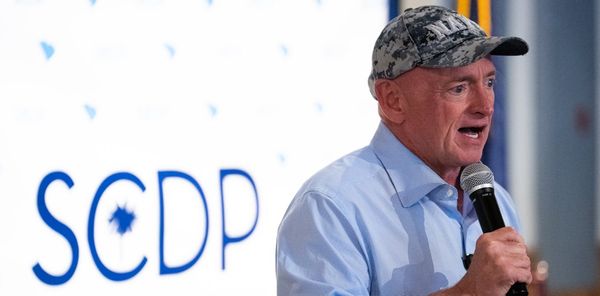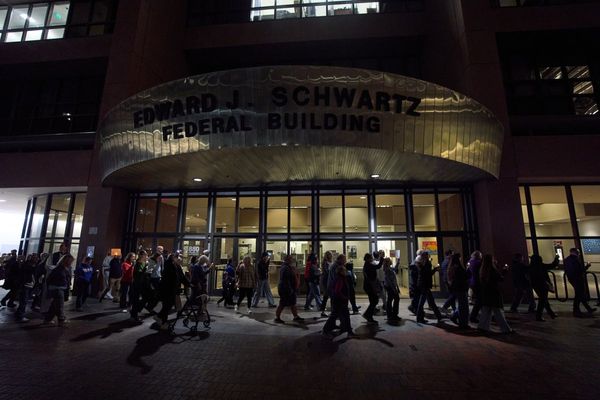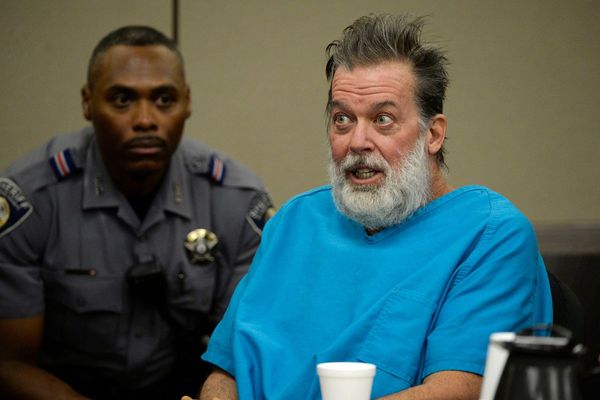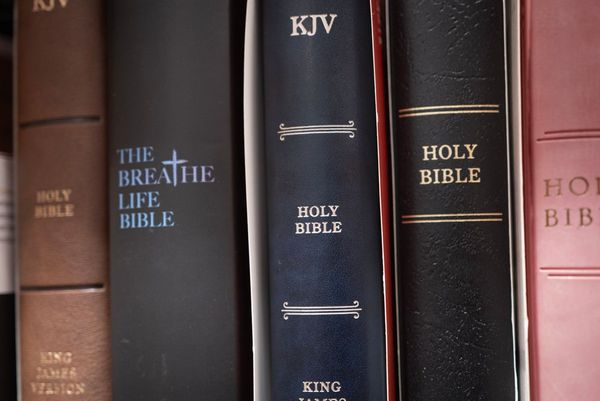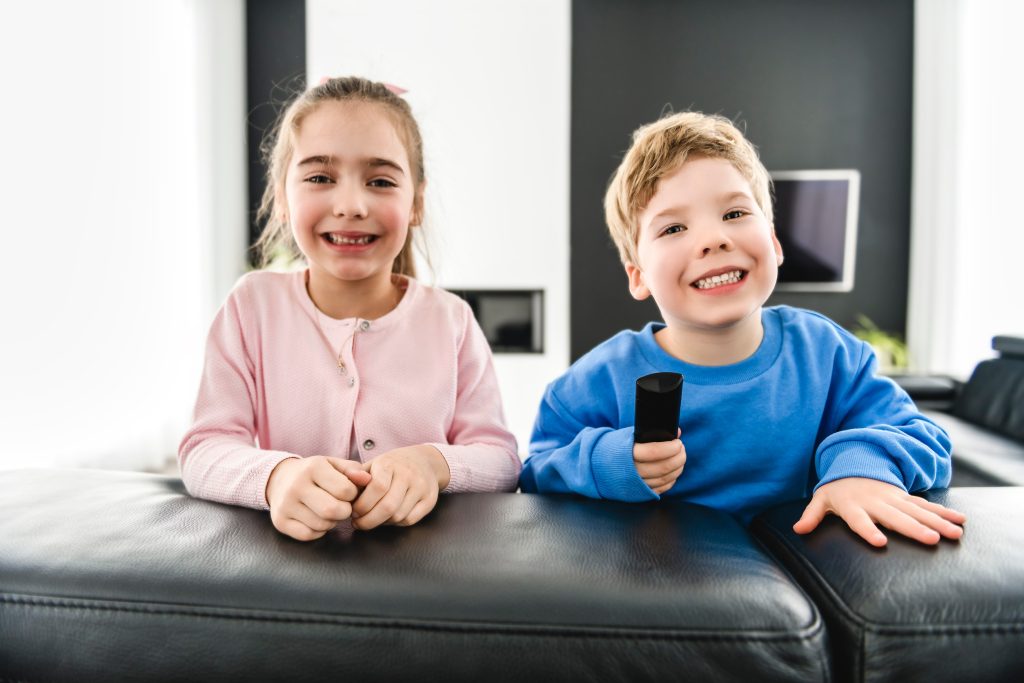
Cartoons are more than just Saturday morning entertainment. They are cultural artifacts. The shows we watched as kids secretly shaped our views on humor, conflict, and the world itself. A quick look at cartoons from different eras reveals a fascinating story about generational differences. What Gen X found funny is not what entertains Gen Z. The simple morality of a Boomer cartoon is worlds away from the complex emotions in a modern one. These animated worlds hold a mirror up to our own. Let’s explore nine childhood cartoons and what they show us about our generations.
1. Tom and Jerry: The Normalization of Slapstick Violence
Generations from Boomers to older Millennials grew up on the classic cat-and-mouse chase. The humor in *Tom and Jerry* was almost entirely based on creative, over-the-top violence. Anvils, explosives, and frying pans were standard comedic tools. There were rarely real consequences. This kind of slapstick shaped a certain sense of invincibility and a high tolerance for cartoonish conflict.
2. The Jetsons: A Gen X Vision of the Future
Aired in the 60s but wildly popular in 80s reruns, *The Jetsons* gave Gen X a specific vision of the 21st century. It was a world of flying cars, robot maids, and push-button convenience. The show reflected a post-war optimism about technology solving all our problems. It promised a future of leisure, a promise that feels almost quaint to younger generations facing more complex technological and social challenges.
3. He-Man: Uncomplicated Good vs. Evil Narratives
For kids in the 1980s, *He-Man and the Masters of the Universe* was a staple. The moral landscape of Eternia was black and white. He-Man was purely good, and Skeletor was cartoonishly evil. Each episode ended with a clear moral lesson. This reflects a time that preferred straightforward narratives, a stark contrast to the morally gray characters popular today.
4. Rugrats: The World Through a Toddler’s Eyes
A quintessential Millennial cartoon, *Rugrats* was groundbreaking. It centered the emotional world of babies and toddlers. Their mundane suburban life became a grand adventure. The show validated the small anxieties and big imaginations of its viewers. It signaled a cultural shift toward taking children’s inner lives more seriously.
5. Captain Planet: Early (and Obvious) Environmentalism
By the 1990s, social issues started appearing in cartoons. “Captain Planet and the Planeteers” was a direct attempt to teach kids about environmentalism. The villains were polluters with names like Hoggish Greedily. The message was anything but subtle. This shows an early, earnest attempt at social consciousness in children’s programming, paving the way for more nuanced shows later.
6. Doug: The Quiet Anxiety of Millennial Childhood
*Doug* captured the everyday anxieties of being a kid. It wasn’t about saving the universe; it was about dealing with bullies, crushes, and self-doubt. The show’s gentle pace and focus on internal monologue resonated deeply with Millennials. It showed that storytelling could be quiet and introspective, reflecting a generation often labeled as anxious and thoughtful.
7. Steven Universe: The Shift to Complex Emotional Arcs
A modern classic beloved by Gen Z, *Steven Universe* represents a huge leap in storytelling. The show tackles incredibly complex themes. It explores identity, trauma, consent, and non-traditional families. Villains are not just evil; they are complex characters with their own pain. This highlights one of the key childhood cartoons generational differences: a move toward deep emotional intelligence.
8. Bluey: Modern Cartoons That Model Healthy Parenting
This Australian cartoon has become a global phenomenon. It’s popular not just with kids, but with their Millennial parents. The show models gentle, imaginative, and emotionally available parenting. Bluey’s dad is actively involved and vulnerable. The show’s focus on healthy family dynamics reflects the conscious parenting goals of a new generation.
9. Adventure Time: Embracing Absurdity and Nuance
*Adventure Time* started as a quirky, random show and evolved into a complex epic. It deals with post-apocalyptic lore, philosophy, and existential dread. Yet, it does so with boundless creativity and humor. The show’s ability to blend deep themes with total absurdity speaks to a generation comfortable with irony and complexity. It trusts its audience to keep up.
Our Cartoons Tell Us Who We Were—And Who We’ve Become
From simple heroes to emotionally complex characters, childhood cartoons generational differences are stark. They are a reflection of our changing values and anxieties. The shows we loved didn’t just pass the time. They were our first glimpse into the kind of world we were inheriting, and the kind of people we were expected to be.
What was your favorite childhood cartoon and why? Share it in the comments below!
What to Read Next…
- Why Younger Generations Are Afraid to Answer the Door
- 10 Childhood Toys That Would Be Worth a Fortune Today
- 10 Childhood Toys from the 90s That Were Surprisingly Hazardous
- 8 Brands Seniors Swear By—But Younger Generations Won’t Touch
- 10 Gen X Movies That Defined a Generation
The post 9 Childhood Cartoons That Reveal Generational Differences appeared first on Budget and the Bees.


